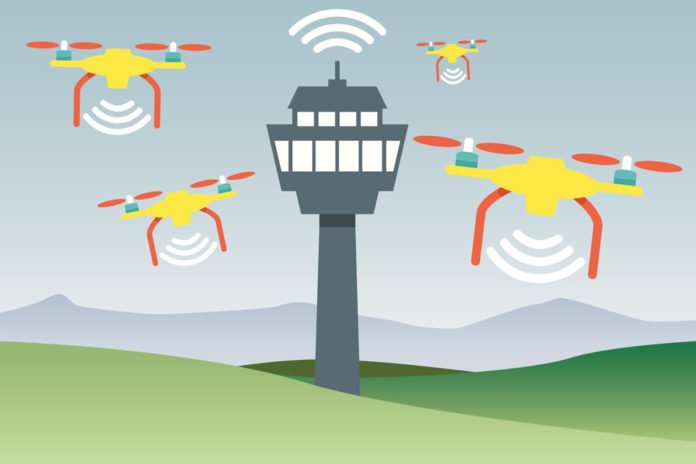Immediate data transfer on wireless networks requires data to be fresh. MIT scientists have now developed a new system that provides the freshest possible data for a simple wireless network.
If using this new method on simple networks, such as multiple drones that transmit position coordinates to a single control station, it may tackle even more complex systems, such as networks of vehicles that wirelessly share traffic data.
The system provides the freshest possible data to a simple wireless network. They modeled a basic network, consisting of a single data receiver, such as a central control station, and multiple nodes, such as several data-transmitting drones.
Customary systems are intended to amplify the measure of information that they can transmit across channels, and limit the time it takes for that information to achieve its goal. Recently scientists have considered the age of the data — how fresh or stale data is from the perspective of its recipient.
Eytan Modiano, professor of aeronautics and astronautics and a member of MIT’s Laboratory for Information and Decision Systems said, “I first got excited about this problem, thinking in the context of UAVs — unmanned aerial vehicles that are moving around in an environment, and they need to exchange position information to avoid collisions with one another. If they don’t exchange this information often enough, they might collide. So we stepped back and started looking at the fundamental problem of how to minimize age of information in wireless networks.”
The researchers assumed that only one node can transmit data over a wireless channel at any given time. The question they set out to answer: Which node should transmit data at which time, to ensure that the network receives the freshest possible data, on average, from all nodes?
The solution is a simple algorithm that essentially calculates an “index” for each node at any given moment. A node’s index depends on a few factors: the age, or freshness of the information that it’s transmitting; the unwavering quality of the channel over which it is conveying; and the general need of that node.
Nodes with a higher priority, a more reliable channel, and older data, are assigned a higher index, versus nodes that are relatively low in priority, communicating over spottier channels, with fresher data, which are labeled with a lower index.
A node’s index can change from time to time. At any given time, the algorithm coordinates the node with the highest index to transmit its information to the recipient. In this organizing way, the system is ensured to get the freshest conceivable information from all nodes, without over-burdening its remote channels.
The group computed a lower bound, which means a normal time of data for the system that is fresher than any algorithm would ever accomplish. They found that the group’s algorithm performs the best that any calculation could do in terms of giving the freshest conceivable information to a simple wireless network.
Modiano says, “We came up with a fundamental bound that says, you cannot possibly have a lower age of information than this value — no algorithm could be better than this bound — and then we showed that our algorithm came close to that bound.”
Modiano and his colleagues presented their method in a paper at IEEE’s International Conference on Computation Communications (Infocom), where it won a Best Paper Award. The paper will appear online in the future. The paper’s lead author is graduate student Igor Kadota; former graduate student Abhishek Sinha is also a co-author.
